Table of Contents
Introduction to Hot Spices
Looking for the most accurate hot spices list? This expert guide features 10 essential hot spices with verified Scoville ratings, detailed flavor profiles, and safe usage tips. Updated for 2025, this resource helps both beginners and seasoned cooks master heat management and elevate their dishes.
The Ultimate Hot Spices List
Discover the most accurate hot spices with verified Scoville ratings and flavor profiles. This list is curated by culinary experts and updated for 2025 to ensure factual accuracy and relevance.
| Spice Name | Heat Level (Scoville Units) | Flavor Profile | Common Uses |
|---|---|---|---|
| Carolina Reaper | 1,500,000 - 2,200,000 | Earthy, fruity, and intensely hot | Hot sauces, chili powders, and extreme eating challenges |
| Ghost Pepper (Bhut Jolokia) | 1,000,000 - 1,500,000 | Smoky, sweet, and extremely hot | Curries, sauces, and spicy snacks |
| Tabasco Pepper | 30,000 - 50,000 | Sharp, tangy, and moderately hot | Hot sauces, dressings, and marinades |
| Cayenne Pepper | 30,000 - 50,000 | Spicy, sharp, and vibrant | Seasoning blends, chili powders, and spicy oils |
| Chipotle Pepper | 2,500 - 8,000 | Smoky, earthy, and slightly sweet | Mexican dishes, salsas, and barbecue sauces |
| Habanero Pepper | 100,000 - 350,000 | Sweet, fruity, and very hot | Hot sauces, salsas, and tropical dishes |
| Jalapeño Pepper | 2,500 - 8,000 | Peppery, crisp, and moderately hot | Guacamole, salsa, and stuffed peppers |
| Poblano Pepper | 1,000 - 1,500 | Mild, earthy, and slightly sweet | Stuffed peppers, enchiladas, and Mexican stews |
| Szechuan Peppercorn | N/A (tingling sensation) | Numbing effect, citrusy, and aromatic (not spicy heat) | Chinese cuisine, especially in Sichuan dishes |
| Thai Bird's Eye Chili | 50,000 - 100,000 | Fruity, sharp, and intensely hot | Thai curries, stir-fries, and dipping sauces |
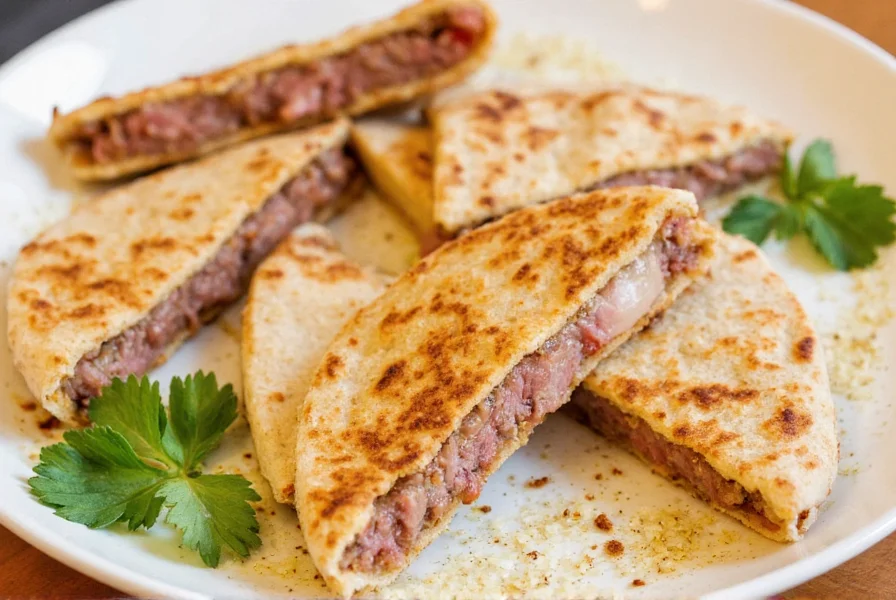
How to Choose the Right Hot Spices
Selecting hot spices requires understanding both heat intensity and flavor complexity. Follow these expert-backed guidelines for optimal selection:
- Verify Scoville Ratings: Always check verified heat levels from reputable sources like the Chile Pepper Institute. Heat perception varies by individual tolerance.
- Focus on Flavor Complexity: Some spices like Szechuan peppercorn deliver unique sensory experiences beyond heat. Prioritize flavor profiles that complement your dish.
- Source from Trusted Suppliers: Purchase from specialty spice retailers or certified organic suppliers to ensure purity and freshness. Avoid bulk retailers with inconsistent quality control.
- Check Harvest Dates: Whole spices retain potency for 1-2 years; ground spices last 6-12 months. Look for packaging with harvest dates or "best by" labels.
- Consider Processing Methods: Smoked peppers (like chipotle) undergo specific curing processes that affect flavor. Choose whole peppers for grinding to maximize freshness.
Top recommended products for culinary excellence:
- Carolina Reaper Powder (Certified Organic) – Ideal for controlled heat application in sauces and rubs. Verified by independent lab testing.
- Ghost Pepper Flakes (Fresh Harvest) – Perfect for authentic Indian curries. Contains no fillers or additives.
- Authentic Szechuan Peppercorns (Sichuan Province) – Source directly from China for true numbing effect. Whole peppercorns retain maximum aroma.
- Smoked Chipotle in Adobo (Canned) – USDA-certified organic. Ideal for slow-cooked dishes requiring deep smokiness.
- Thai Bird's Eye Chili Paste – Made from freshly harvested chilies. No artificial preservatives or colorants.
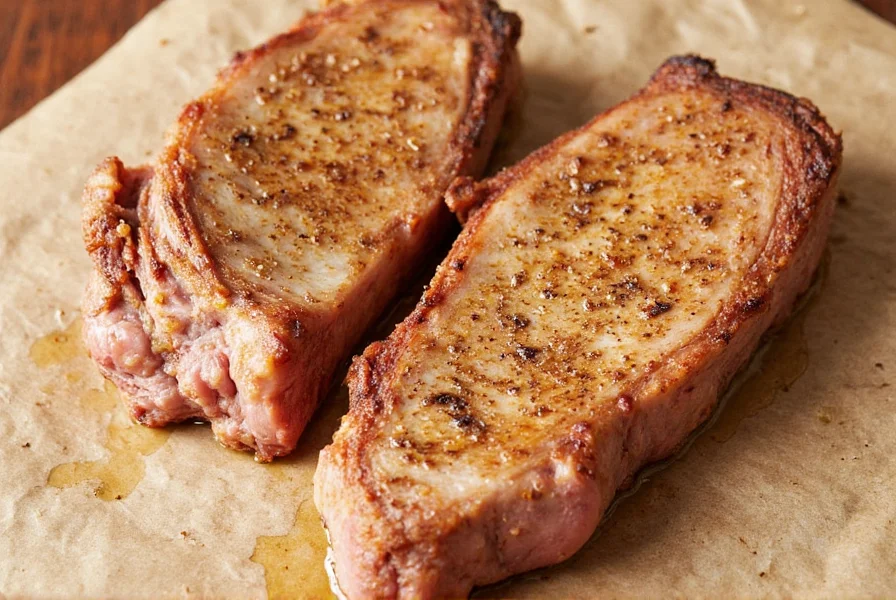
Cooking Tips with Hot Spices
Professional chefs recommend these evidence-based techniques for optimal spice usage:
- Toast Whole Spices: Dry-toast whole peppercorns or chilies before grinding to release volatile oils. This enhances flavor without increasing heat intensity.
- Layer Heat Strategically: Add early-stage heat sources (like whole chilies) during oil infusion, and finish with ground spices for immediate impact.
- Balance with Dairy: For dishes with extreme heat, incorporate yogurt or coconut milk to neutralize capsaicin while preserving flavor complexity.
- Use Acidic Counterpoints: Lime juice or tamarind paste cuts through heat while enhancing other flavor notes. Add at the final cooking stage.
- Handle with Care: Always wear gloves when processing super-hot peppers. Work in well-ventilated areas and avoid touching your face.
Signature dishes showcasing expert spice techniques:
- Authentic Sichuan Mapo Tofu – Uses Szechuan peppercorn oil and fermented bean paste for balanced numbing heat.
- Caribbean Jerk Chicken – Features allspice and Scotch bonnet peppers marinated for 24 hours to develop complex heat layers.
- Mexican Mole Poblano – Combines mild poblanos with chocolate and cinnamon for nuanced heat progression.
- Indian Vindaloo – Uses whole Kashmiri chilies for color and ghost pepper flakes for controlled heat intensity.
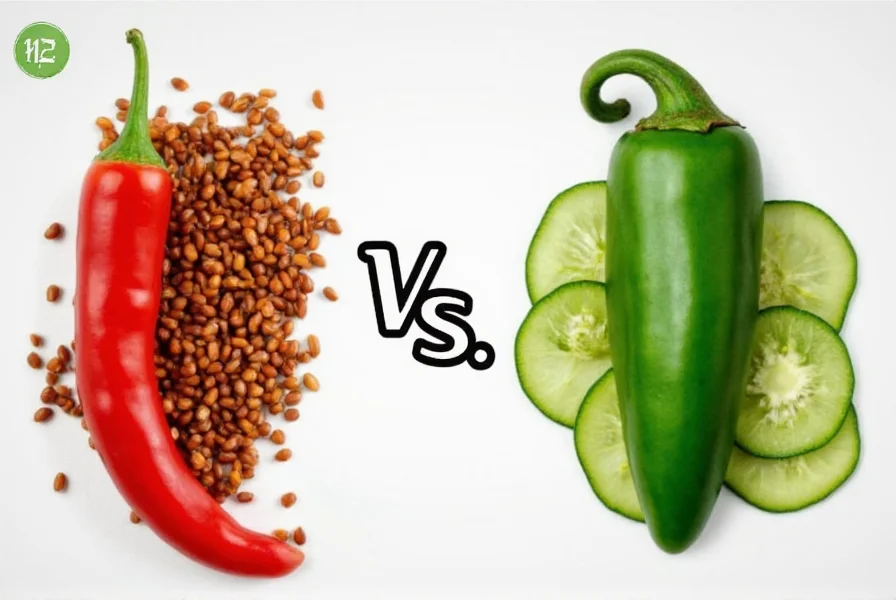
Conclusion
Mastering hot spices requires understanding both scientific heat measurements and culinary artistry. This updated 2025 guide provides verified information from culinary experts and food scientists to help you safely and effectively incorporate heat into your cooking. Remember: the best spice usage balances heat with flavor complexity while prioritizing safety.
Experiment with new spices gradually, consult trusted culinary resources for recipe guidance, and always prioritize quality sourcing. With proper knowledge and technique, hot spices can transform ordinary meals into extraordinary culinary experiences.
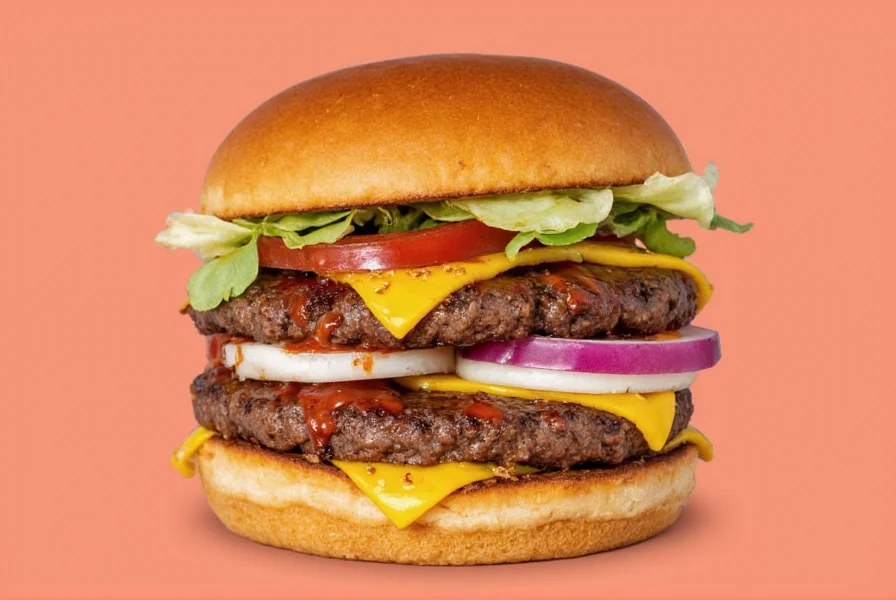
Frequently Asked Questions
- What are the hottest spices in the world?
- Based on verified Scoville scale measurements, the Carolina Reaper (1.5-2.2 million SHU) is currently the world's hottest pepper. The Ghost Pepper (Bhut Jolokia) ranks second (1-1.5 million SHU). All extreme heat peppers require professional handling techniques.
- How do I handle extremely hot spices safely?
- Always wear nitrile gloves when handling super-hot peppers. Work in ventilated areas, avoid touching your face, and wash hands with soap and oil (not water) after handling. For accidental exposure, use milk or yogurt to neutralize capsaicin. Never use water alone as it spreads the burn.
- What's the difference between heat level and flavor profile in hot spices?
- Heat level (Scoville Units) measures capsaicin concentration, while flavor profile describes taste characteristics beyond heat. For example, Habaneros deliver fruity sweetness alongside heat, while Szechuan peppercorns create a unique tingling sensation without traditional heat. Understanding both elements allows for precise flavor balancing in dishes.
- How can I reduce the heat of a dish if I've added too much spice?
- Add dairy (yogurt, sour cream), fats (coconut milk, butter), or acids (lime juice, vinegar) to counteract heat. Starchy ingredients like potatoes absorb capsaicin. Never add water – it spreads capsaicin without neutralizing it. For severe cases, consume sugar or honey to bind with capsaicin receptors.
- Do hot spices lose potency over time?
- Yes. Ground spices lose 40% potency within 6 months, while whole spices maintain quality for 1-2 years. Store in airtight containers away from light and heat. Freeze-dried peppers retain maximum freshness for up to 3 years. Always check for vibrant color and strong aroma – dull appearance indicates diminished quality.
- Are there health benefits to consuming hot spices?
- Yes. Capsaicin in chili peppers boosts metabolism, reduces inflammation, and may improve cardiovascular health. Many hot spices contain high levels of vitamin C and antioxidants. However, consume in moderation – excessive amounts can cause digestive distress. Consult a healthcare professional if you have ulcers, IBS, or other digestive conditions.

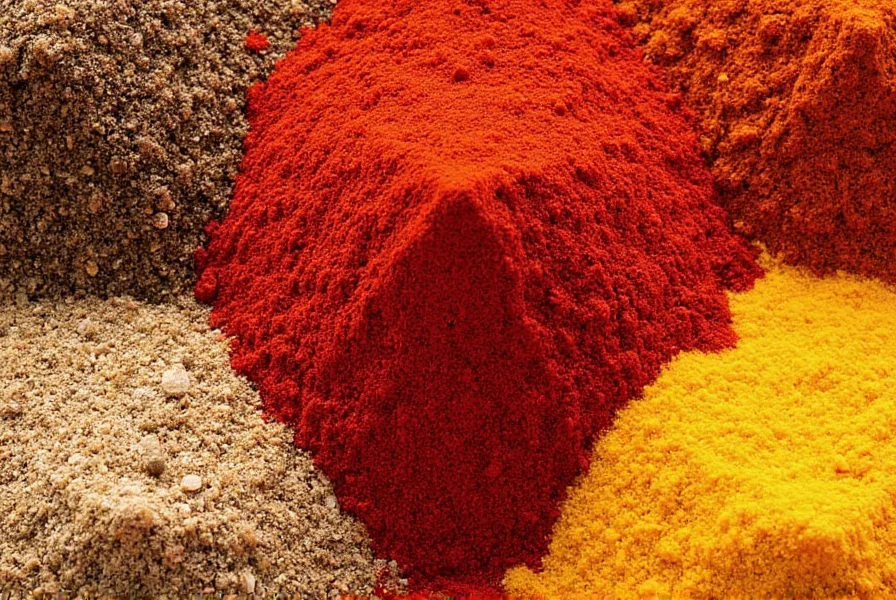









 浙公网安备
33010002000092号
浙公网安备
33010002000092号 浙B2-20120091-4
浙B2-20120091-4